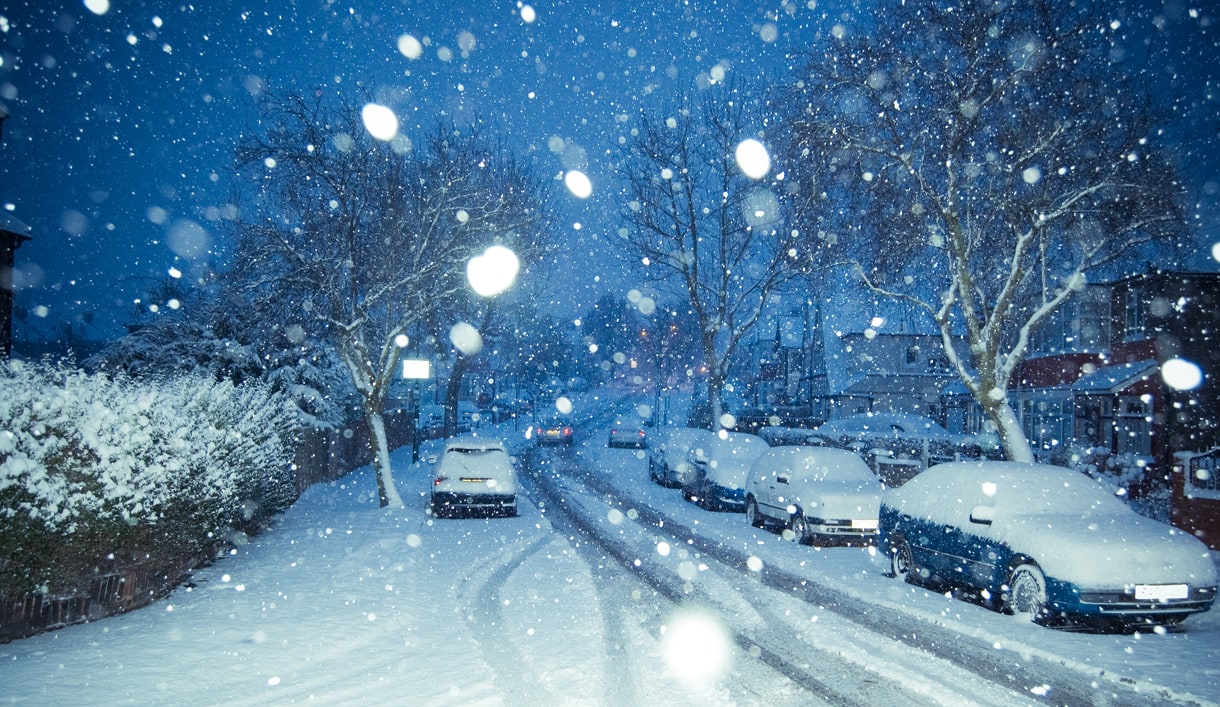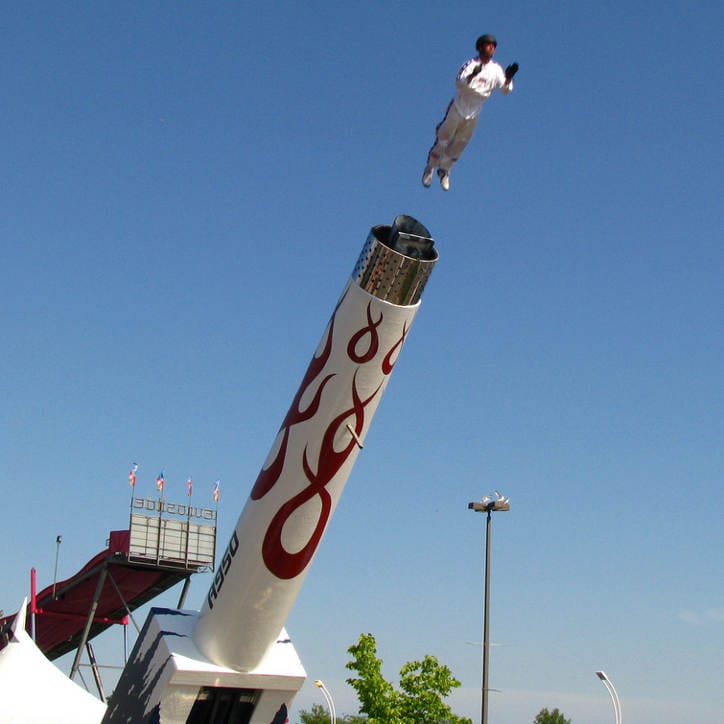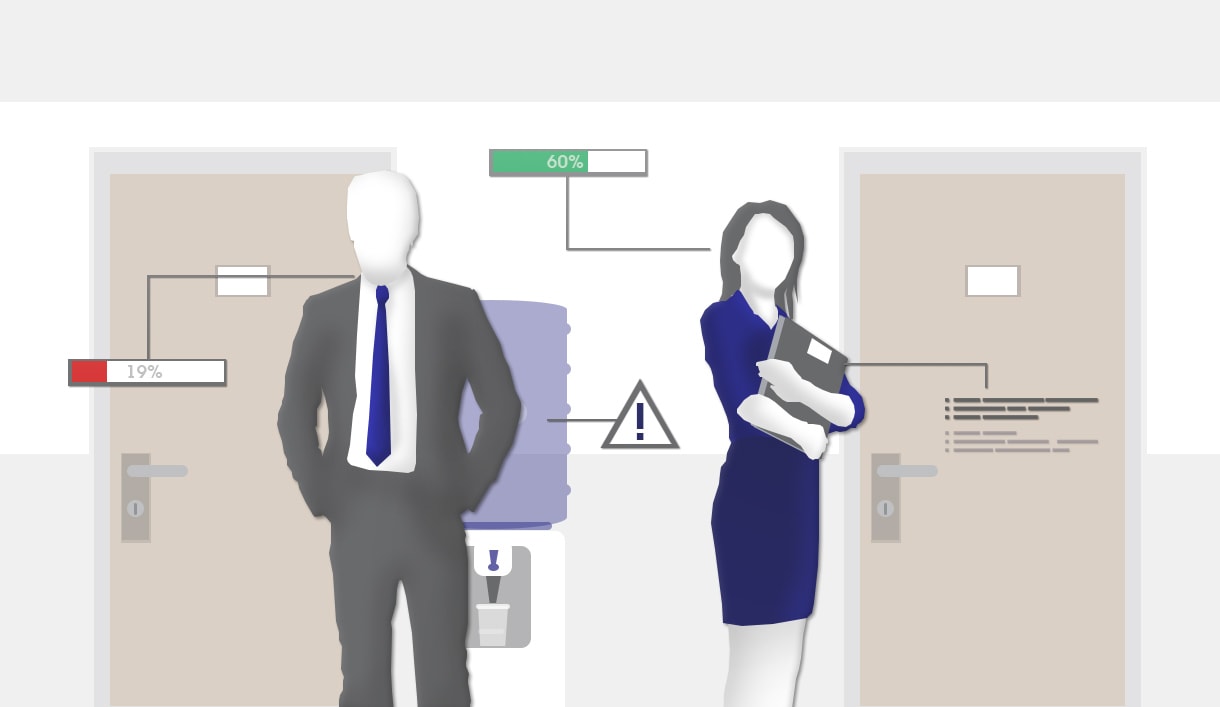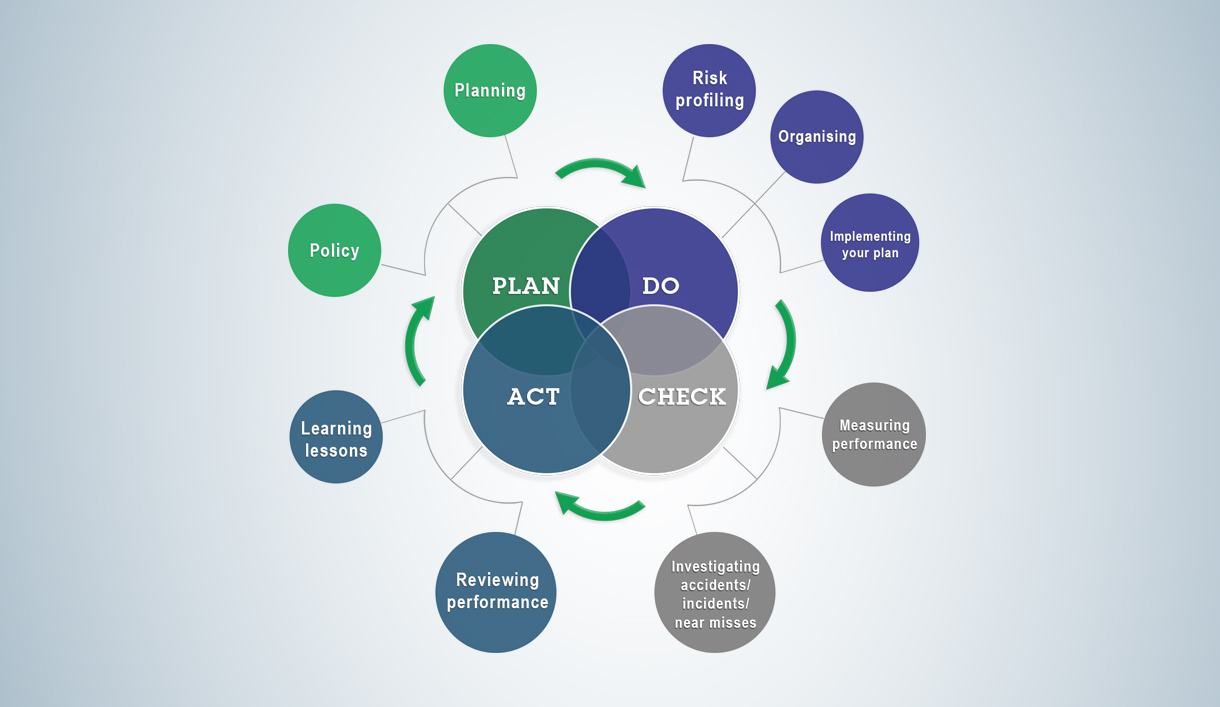Good Advice for Winter Travel
No Nonsense Safety during the Season of Slip-ups
As many will be aware from unfortunate experience and bad news, Winter can be a very dangerous time for roads and footpaths.
A multitude of risks threaten life and limb; aside from snow and ice, falling leaves mixed with wet weather are a recipe for slippery surfaces, while damp mud is another serious problem exacerbated by tractor activity on country roads.
According to RoSPA’s statistics:
‘In 2014 …29 people were killed, 251 were seriously injured and 2,274 were slightly injured in reported road accidents on Great Britain’s roads when there was snow or ice on the road surface.’
These figures highlight the substantially increased risk associated with winter travelling, which in turn emphasises how important increased awareness is during this season.
So, to help make sure you all stay firmly on feet I’ve collected some crucial advice to keep in mind if you’re travelling any distance this winter.
Prepare for your Journey, Don’t Wing it
Listen to the radio or check local travel websites, always allowing extra time for your journey in case of delays. If you’re delayed unexpectedly the natural impulse will be to rush. If you rush you’re likely to make mistakes and typically become more likely to have an accident.
In the winter months, more people use the car and the combination of bad weather, more vehicles on the road and slower driving can lead to more incidents and delays.
Simple as it may be, keeping your sunglasses handy can make a great deal of difference too. The sun is low this time of year for pedestrians and vehicle drivers, with both being dazzled by the glare off wet footpaths or roads in the morning and late afternoons. Ensuring good visibility should be your first line of defence against winter risks and hazards.
Walking
Pavement Precautions
To salt… Or not to salt… that is the question! Some business owners are more afraid of putting down salt or grit and being sued for persons slipping on the salt where the forecast has been less than accurate. As a result, they feel that they are better leaving people to tackle ice at their own peril.
Remember though that as an employer you should protect employees and the public against any ‘foreseeable’ risk. Failing to salt may be classed as negligent when weather forecasts predict freezing conditions; therefore leaving the route open for a civil claim from any person who does slip as a result of ice.
Regardless, when you’re travelling on foot it’s always worth paying extra attention to whether surfaces are salted or gritted and taking proportionate care.
Take your time
Another simple point that can make a huge difference; when it’s slippery underfoot, take your time. Allow longer for your journey and wrap up warm. Please also take care when using umbrellas – these are effective at sheltering from rain and snow, however they can be dangerous to other footpath users when waved around at eye level with strong winds pulling you towards hazards.
When you breathe a sigh of relief after making relatively unscathed to your destination, water ingress onto hard floors in the entrances of buildings can also be a hazard to be wary of. Businesses need to be aware and take appropriate action to minimise the risks this creates by providing mats, mopping up regularly and displaying notices to warn of the wet slippery conditions.
Cycling and Motorbikes
Be safe, be seen
The title really says it all here. So many cyclists and bikers wear black or camouflage, drastically reducing the chances they will be seen by a driver and creating potentially life threatening circumstances for both parties.
Keep your lights on all the time and wear bright colours. The more you are seen the less likely you are to be missed. Also, pay close attention to traffic lights and road rules; you are not invincible and when conditions are slippery, cutting in front of cars can cause accidents due to compromised braking and stopping distances.
Driving
See clearly and be seen
Modern vehicles are now equipped with daylight running lights and auto sensors which determine the level of light and switch on when it dips below a certain level. The dependency on modern technology has unfortunately led many drivers to depend solely on the car to decide when lights are needed. In bad weather the daylight running lights may show visibility to oncoming traffic but not to those behind you and the sensors are not triggered by fog.
This is what fog lights are for; they need switching on manually to make sure other drivers know where you are in poor visibility. Remember, you should switch them off manually as well when fog subsides.
Drive carefully, stay calm
This is the time of year when there is limited light, miserable weather and frayed tempers – a bad combination when walking with weaponry such as umbrellas, but transpose the same frustrations to a car or van and the consequences can be far more severe. Keep your frustration in perspective and adjust your driving accordingly to avoid creating unnecessary risks.
In dark, wet weather puddles and white lines will be more difficult to see so reduce your speed. Stopping distances will be longer than normal – add at least a few extra metres to the distance you keep from cars ahead and a few more seconds of breaking time.
Awareness of pedestrians, motorbikes and cyclists shouldn’t be neglected either. Key considerations should include giving them extra clearance in case of a slip or mistake and being aware of the splash large puddles can make; besides being unpleasant for the person splashed it may cause a distraction leading to a far more serious incident.
Leave bigger gaps, drive a little slower, take regular breaks, be more patient and try to be more considerate.
Check your vehicle to make sure that all the lights are working and that there are no other faults that would cause a breakdown. Regular servicing and maintenance should safeguard against this. In addition, don’t play fuel tank roulette – always keep a good amount of fuel in reserve.
Last but not least, when travelling any distance in your car over the winter months make sure you are carrying provisions for if the worst should happen in the event of a breakdown or getting stuck.
Strongly recommended items should include:
- A fully charged mobile phone.
- Torch and batteries.
- Emergency hazard warning triangle.
- Waterproof coat.
- High visibility vests for all passengers.
- Boots or wellingtons, preferable waterproof with good grip.
- Water to drink and possibly a flask of hot drink.
- First aid kit.
- Rope – for towing or rescuing, not for tying up teenagers!
- De-icing spray and ice scrapers.
- Shovel for snow – not burying bodies!
- Food for emergencies – although chocolate should be a necessity all year round!
Nobody really enjoys travelling over the winter, but with a little preparation, forethought and patience we can all get there a little more safely.
Further information can be found here:
The RoSPA site: https://www.rospa.com/resources/hubs/winter/
Victoria Hughes









Leave a Reply
Want to join the discussion?Feel free to contribute!